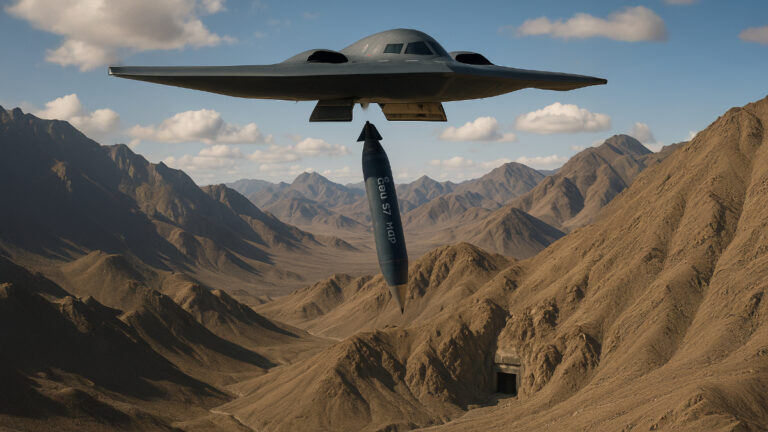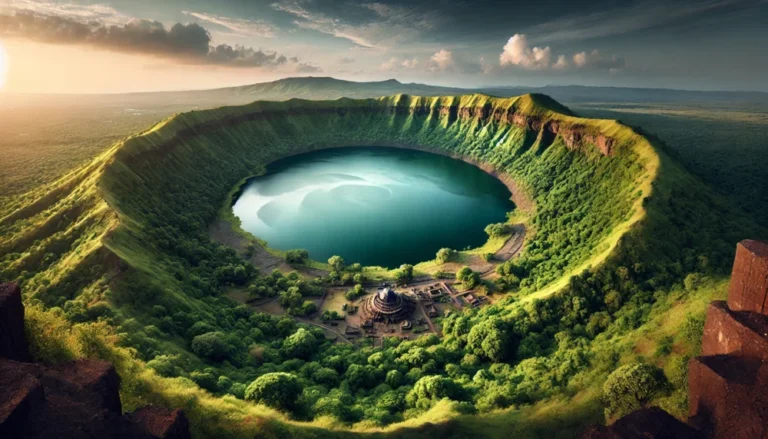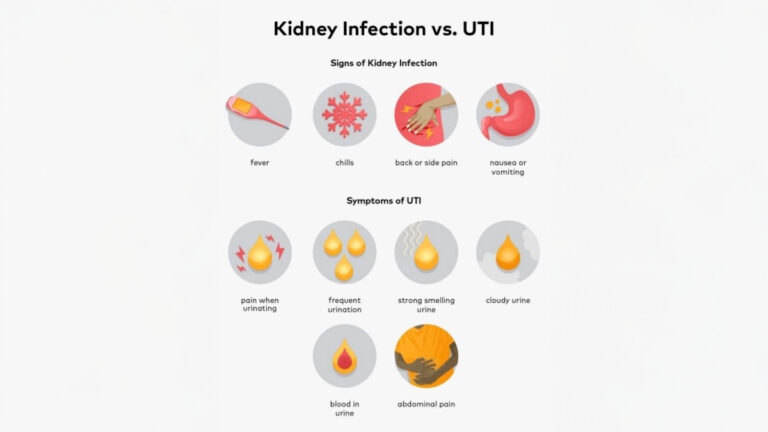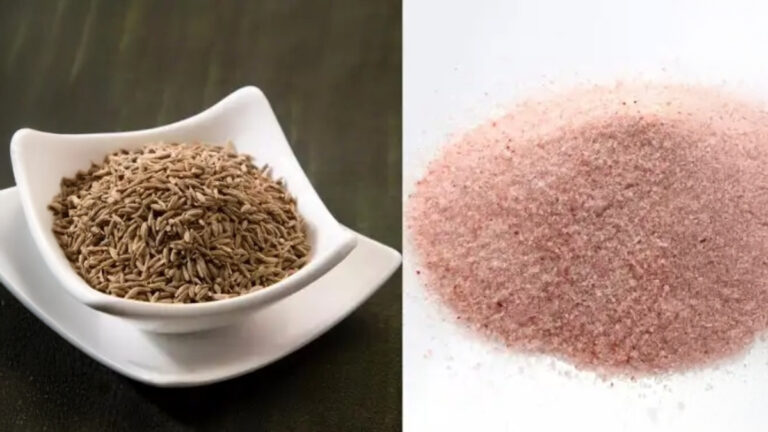Table of Contents
Indus Waters Treaty: India has cancelled the Indus Water Treaty signed with Pakistan in the year 1960. This step has been taken as a response to the brutal terrorist attack in Pahalgam, Kashmir. This topic can be very important for UPSC and other competitive exams, know what is the Indus Water Treaty and important things related to it.
What is Indus Waters Treaty IND vs Pak | After the cowardly terrorist attack
Pahalgam inside Jammu and Kashmir,
the Indian government has taken a big step. Under this, the ‘Indus Waters Treaty’ (IWT) with Pakistan has been stopped for the time being. This decision was taken in the Cabinet Committee on Security (CCS) meeting chaired by Prime Minister Narendra Modi on the evening of April 23, in which Home Minister Amit Shah, Defense Minister Rajnath Singh and Foreign Minister S. Jaishankar were also present. Shortly after this, this information was given in a press briefing by the Ministry of External Affairs. Know about the Indus Water Treaty, on which questions can also come in the upcoming exams.
When was the Indus Water Treaty (IWT) signed?
The IWT was signed in September 1960 after nine years of negotiations between
India and Pakistan , with the World Bank as mediator. The treaty determined how the waters of the six rivers of the Indus river system would be shared between India and Pakistan.
Which rivers are included in the Indus Water Treaty?
The Indus Water Treaty, an Indus Water Treaty, sets out a mechanism for cooperation and exchange of information between the two sides on the uses of the waters of the Indus River and its five tributaries – Sutlej, Beas, Ravi, Jhelum and Chenab.
How much water does India and Pakistan get under the Indus Water Treaty?
The Indus Water Treaty gives the three western rivers – Indus, Chenab and Jhelum – to Pakistan for unrestricted water use, while the other three eastern rivers – Ravi, Beas and Sutlej – are allocated to India for unrestricted water use, except for certain non-consumptive, agricultural and domestic uses by India.
This means that 80% of the water in the Indus Water Treaty went to Pakistan, while the remaining 20% was left for India’s use.
Indus Water Commission between India and Pakistan
Under the Indus Water Treaty, a permanent Indus Commission was also formed with permanent commissioners from India and Pakistan. According to the Indus Water Treaty, there is also a provision for a regular meeting between India and Pakistan at least once a year on behalf of the commission.
Ban on impounding and storing Indus water
While Pakistan has rights over the waters of the Jhelum, Chenab and Indus, Annex C of the Indus Water Treaty (IWT) allows India some agricultural use while Annex D allows it to build hydropower projects that fall under the ‘run of the river’ category, meaning no storage or diversion of water is permitted under the treaty.
Important points of Indus Water Treaty
- The Indus Water Treaty was signed on 19 September 1960.
- The treaty covers 6 rivers: 3 eastern rivers (Beas, Ravi and Sutlej) and 3 western rivers (Indus, Jhelum and Chenab).
- In the IWT agreement, 80 percent of the water goes to Pakistan while 20 percent goes to India.
What loss will Pakistan suffer if the Indus Water Treaty is broken?
The breakdown of the Indus Water Treaty, which has been put on hold until concrete and decisive action is taken against terrorism, can lead to many losses for Pakistan.
- The suspension of the Indus Water Treaty will affect 90% of Pakistan’s agricultural land, or 47 million acres, which gets irrigation water from the Indus river system.
- Agriculture’s 23 percent contribution to Pakistan’s national income could also be affected; 68% of Pakistan’s rural population is dependent on agriculture.
- If India cuts the Indus water, it will affect Pakistan’s Tarbela and Mangal hydropower projects. Electricity production here will be affected by 30 to 50 percent, which will also affect industry and employment.
Disclaimer: The information given here is based on general information.







































